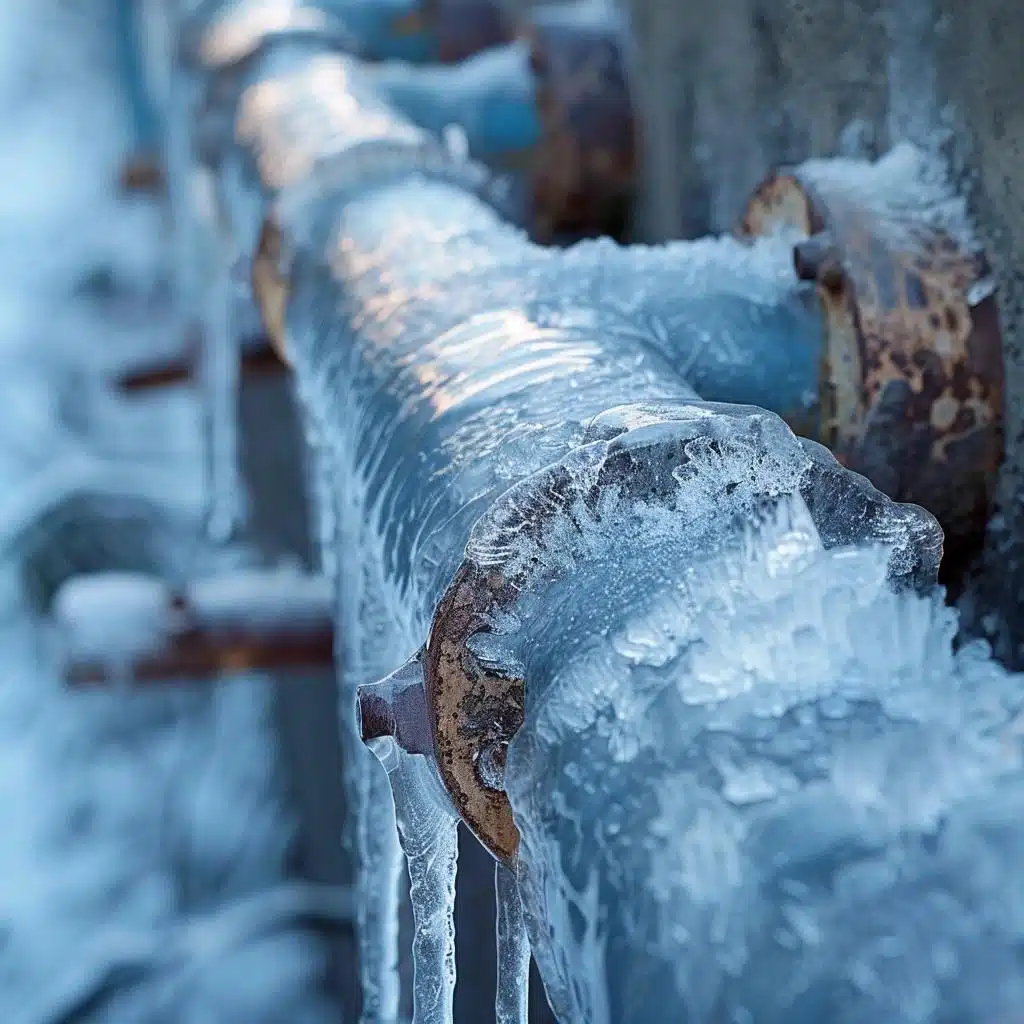Preventing Pipes from Cold Weather: Effective Strategies
Preventing Pipes from Cold Weather: Effective Strategies
Blog Article
What're your thoughts concerning How To Avoid Freezing Pipes?
:strip_icc()/snow-outdoor-faucet-pipes-4af65d1e5e904fb1aa7bf74071fe5d89.jpg)
Cold weather can ruin your pipes, specifically by freezing pipes. Below's how to stop it from occurring and what to do if it does.
Intro
As temperatures drop, the threat of icy pipes boosts, potentially causing costly repairs and water damages. Comprehending exactly how to prevent icy pipes is crucial for property owners in cold environments.
Understanding Icy Pipes
What triggers pipes to freeze?
Pipelines freeze when subjected to temperatures below 32 ° F (0 ° C) for expanded periods. As water inside the pipes ices up, it expands, putting pressure on the pipeline wall surfaces and potentially causing them to break.
Threats and problems
Frozen pipes can lead to water system disturbances, home damages, and costly fixings. Ruptured pipelines can flooding homes and create considerable architectural damages.
Indicators of Frozen Water Lines
Determining frozen pipes early can prevent them from breaking.
Just how to determine frozen pipes
Seek lowered water flow from taps, uncommon odors or noises from pipelines, and visible frost on exposed pipelines.
Prevention Tips
Protecting prone pipes
Cover pipes in insulation sleeves or use warmth tape to protect them from freezing temperature levels. Focus on pipes in unheated or outside areas of the home.
Heating strategies
Maintain indoor spaces sufficiently heated, especially locations with plumbing. Open closet doors to allow cozy air to distribute around pipelines under sinks.
Securing Outside Pipes
Garden tubes and outdoor faucets
Detach and drain yard hose pipes prior to winter. Install frost-proof faucets or cover outside taps with insulated caps.
What to Do If Your Pipes Freeze
Immediate actions to take
If you suspect icy pipelines, maintain taps open up to alleviate stress as the ice thaws. Make use of a hairdryer or towels soaked in warm water to thaw pipelines slowly.
Long-Term Solutions
Structural adjustments
Think about rerouting pipelines far from outside walls or unheated areas. Include added insulation to attics, basements, and crawl spaces.
Upgrading insulation
Invest in premium insulation for pipes, attic rooms, and wall surfaces. Appropriate insulation helps keep constant temperature levels and decreases the threat of frozen pipelines.
Verdict
Stopping icy pipes needs aggressive measures and quick feedbacks. By understanding the causes, indicators, and safety nets, homeowners can safeguard their plumbing throughout winter.
5 Ways to Prevent Frozen Pipes
Drain Outdoor Faucets and Disconnect Hoses
First, close the shut-off valve that controls the flow of water in the pipe to your outdoor faucet. Then, head outside to disconnect and drain your hose and open the outdoor faucet to allow the water to completely drain out of the line. Turn off the faucet when done. Finally, head back to the shut-off valve and drain the remaining water inside the pipe into a bucket or container. Additionally, if you have a home irrigation system, you should consider hiring an expert to clear the system of water each year.
Insulate Pipes
One of the best and most cost-effective methods for preventing frozen water pipes is to wrap your pipes with insulation. This is especially important for areas in your home that aren’t exposed to heat, such as an attic. We suggest using foam sleeves, which can typically be found at your local hardware store.
Keep Heat Running at 65
Your pipes are located inside your walls, and the temperature there is much colder than the rest of the house. To prevent your pipes from freezing, The Insurance Information Institute suggests that you keep your home heated to at least 65 degrees, even when traveling. You may want to invest in smart devices that can keep an eye on the temperature in your home while you’re away.
Leave Water Dripping
Moving water — even a small trickle — can prevent ice from forming inside your pipes. When freezing temps are imminent, start a drip of water from all faucets that serve exposed pipes. Leaving a few faucets running will also help relieve pressure inside the pipes and help prevent a rupture if the water inside freezes.
Open Cupboard Doors
Warm your kitchen and bathroom pipes by opening cupboards and vanities. You should also leave your interior doors ajar to help warm air circulate evenly throughout your home.

I came across that blog entry about Prevent Frozen Pipes when exploring the search engines. Sharing is nice. Helping people is fun. Thanks a lot for your time. Return soon.
Book Maintenance Report this page